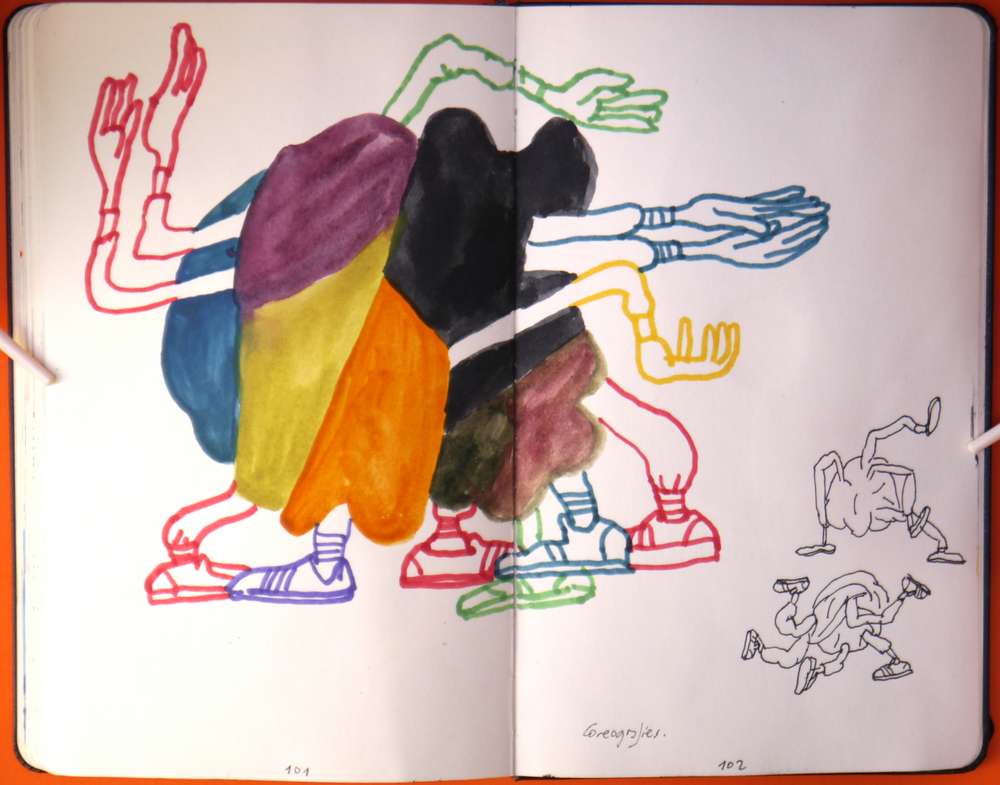
I started posting on Instagram (@pacorico13) recently some of the sketchs but I will keep with the tradition of storing…
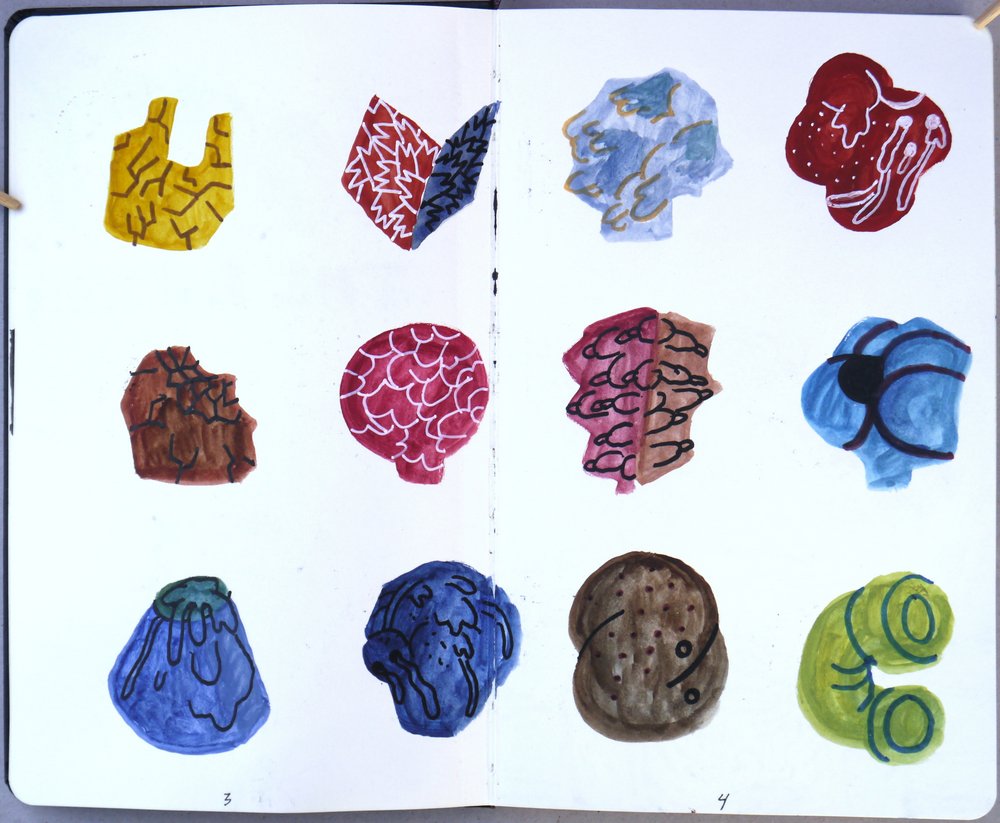
Before the year is over, I share my last sketchbook. I think I’m going to spend some time doing digital…
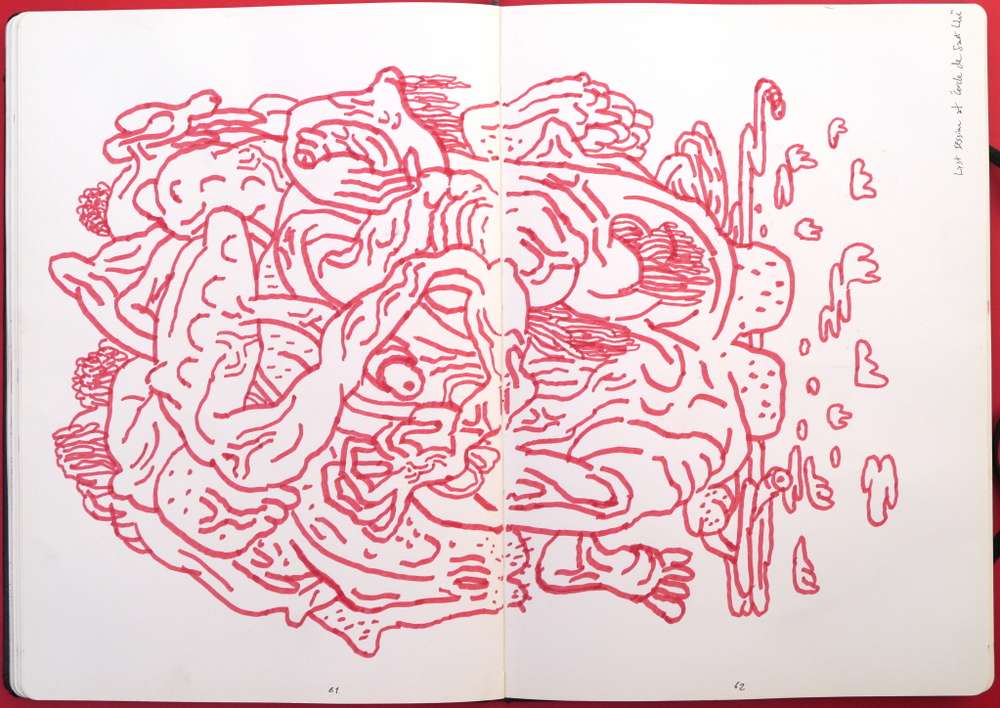
This sketchbook has been horsing around on and off during the last two summers. It’s kind of miscellaneous and the…
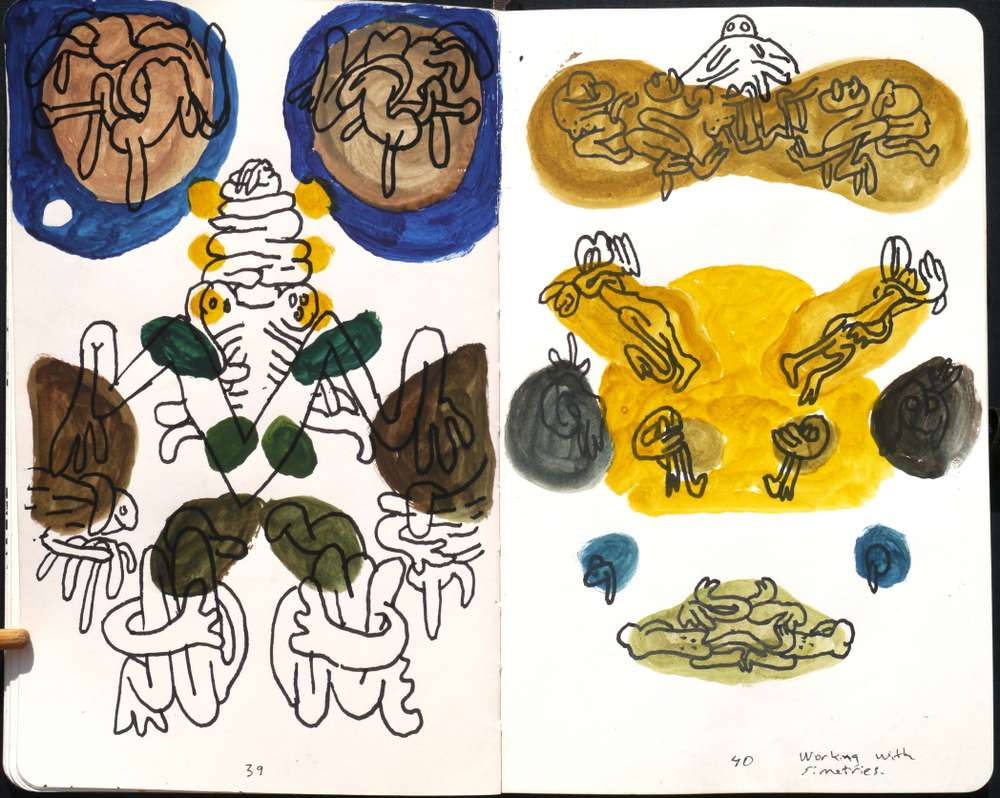
I spent most of the last 20 months dedicated to serious DIY (mostly furnitures). I am glad to see in…
Follow Paco’s board The World Is not There (working images) on Pinterest.
The first processing lines are going to be here and anyone can use them the way they like.
 I should write many functions: how to blurred some parts of the image from a random alpha channel, how to skew the photographs, how to tint them (the image of this article uses a function that create a color ramp, between other processes) , how to transpose them…
I should write many functions: how to blurred some parts of the image from a random alpha channel, how to skew the photographs, how to tint them (the image of this article uses a function that create a color ramp, between other processes) , how to transpose them…
I will published the finished pictures here.
The project itself is not a collection of pictures but the software. I am designing and artist, not a given image.
Just by chance. I found a folded poster in a shop boutique. The separation between the image and the front plastic created a false blur in the eye. The true magic was that I was looking for a similar effect through a complex code, so this one has not been edited by the machine.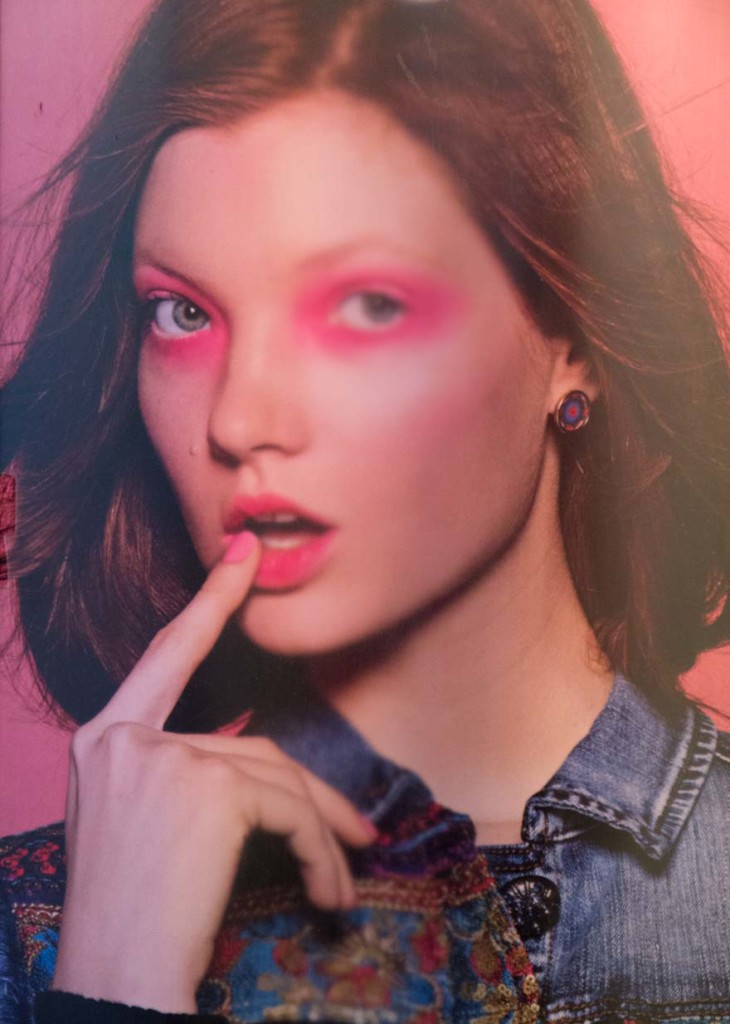
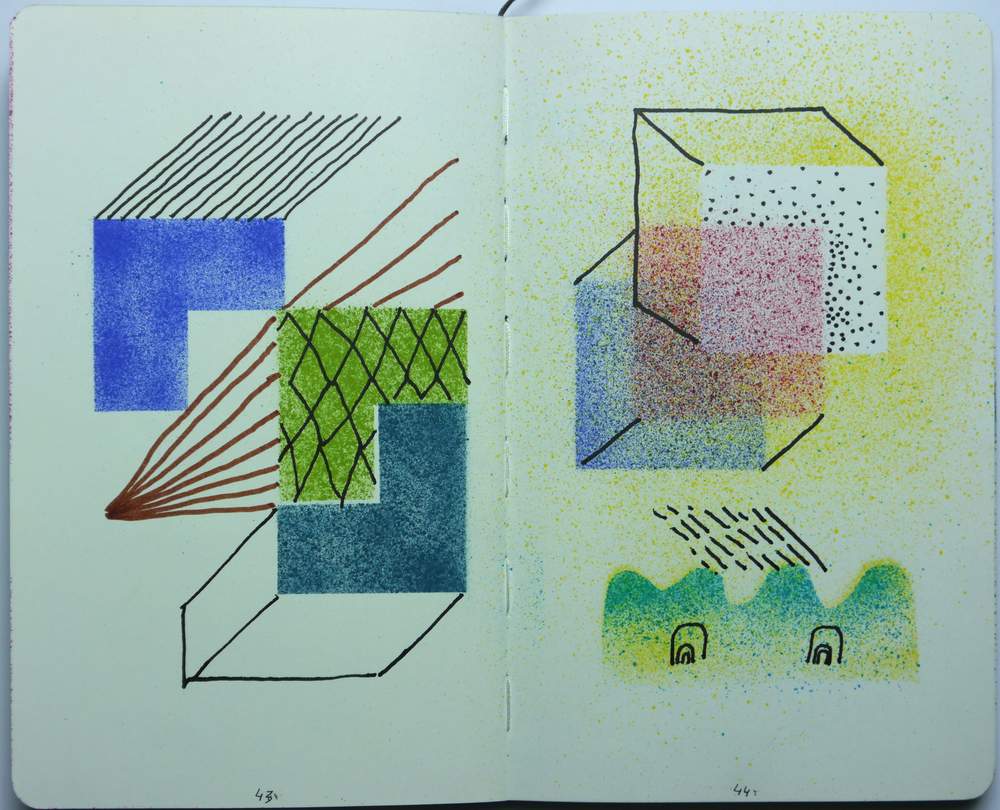
Before getting rid of my last moleskine sketchbook I photographed all of the pages. I upload here the whole book (September-May…
I’ve been working with databases and diagramming software applied to comics. The project started with two objectives:
- To visualize a possible history of comics.
- To feed a diagram using a public database in order to avoid a manual design.
Click on the image to see the diagram with all of the node names.
In summary, I started using yEd software, an opensource application with many possibilities but I also wanted to show pictures as nodes. I ended up using Gephi, a complex opensource application that (through this plug in: image preview) uses square images as nodes.
Limiting the Comic History to only 90 authors supposed a disadvantage when I tried to target edges of influence. More than 100 years of comics are a too wide range, even more if you include some artists, illustrators and animators (as I did). The relations I made are quite elastic and the original idea was to ponder the list with other opinions. I should add another 200 artists to work properly but this is a huge task (I just name a few of the future list: Gil Kane, Jim Steranko, Francisco Ibáñez, Vázquez, Taiyo Matsumoto, Sammy Harkham, Dan Nadel, Simon Hanselmann, Sergi Puyol…).
I included from funnies to underground, well established and young experimental alike. American, European and Japanese. I didn’t include some of my favorites (as a teenager reader) but I add some others with little references but a strong personality: Master Ebisu, Milt Gross or Matt Brinkman, for instance. Some of them remain an island (I know that Johnny Ryan was influenced by Frank Frazetta, but I don’t know who considers Richard Corben an ancestor). That probably is true for other artists (the ones that didn’t established themselves as narrators). There are artists like Yokoyama that are not able to name another artist as an influence and others like Max or Spiegelman that could easily name hundreds of them.
Some of them are more interesting as editors or commentators than as real authors. Some authors are quite young and they still have their best works in their imagination.
I think that is a good point to start re imagining the subject.
I talked to some of the new artists included in the list and I realised that this canon is little more than personal: they didn’t knew some of the relations I had envisioned for them… but that’s OK.
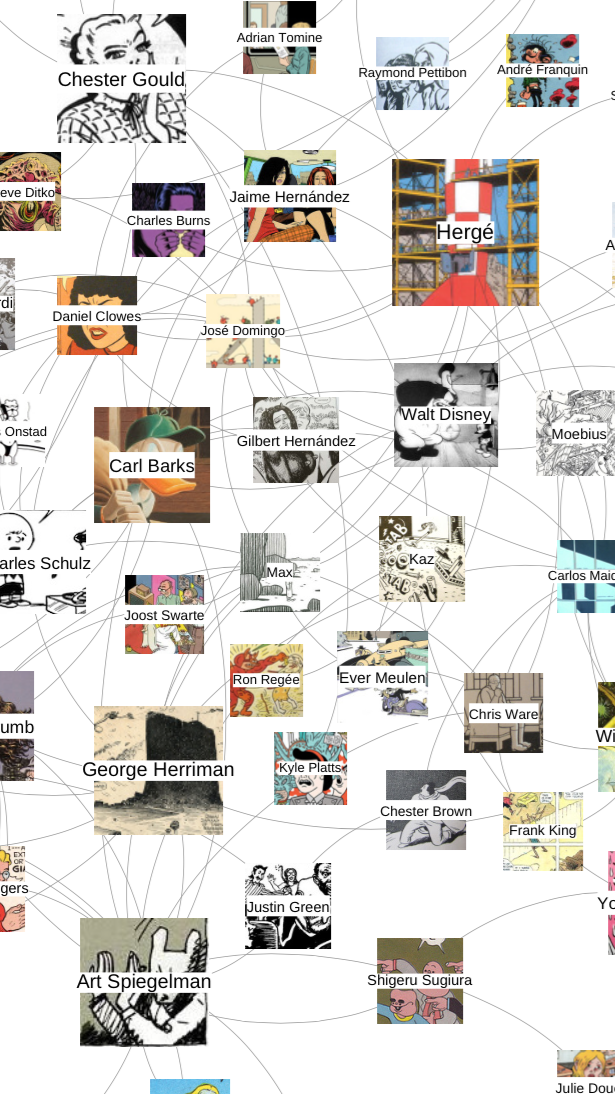 Click on the image to see the diagram with all of the images.
Click on the image to see the diagram with all of the images.
Here is the node list (and the file with secondary info):
Winsor McCay, George Herriman, Frank King, Fletcher Hanks, EC Segar, Milt Gross, Chester Gould, Carl Barks, Walt Disney, Boody Rogers, Herge, Shigeru Sugiura, Basil Wolverton, Jim Flora, John Stanley, Saul Steinberg, Miroslav Sasek, Jack Kirby, Will Eisner, Alberto Breccia, Charles Schulz, Andre Franquin, Harvey Kurtzman, Steve Ditko, Wally Wood, Osamu Tezuka, Gerard Lauzier, Kazuo Umezu, Yoshiharu Tsuge, Moebius, Richard Corben, Hayao Miyazaki, Jose Munoz, Robert Crumb, Kim Deitch, Justin Green, Ever Meulen, Jaques Tardi, Joost Swarte, Yoshikazu Ebisu, Art Spiegelman, Bernie Wrightson, David Gibbons, Gary Panter, Ben Katchor, Jim Woodring, Alan Moore, Katsuhiro Otomo, Roz Chast, Akira Toriyama, John Kricfalusi, Andrea Pazienza, Marti, Max, Suehiro Maruo, Frank Miller, Gilbert Hernandez, Peter Bagge, Raymond Pettibon, Jaime Hernandez, Kaz, Chester Brown, David Mazzucchelli, Joe Sacco, Daniel Clowes, Charles Burns, Julie Doucet, Tim Hensley, Chris Ware, Yuichi Yokoyama, David Schrigley, Kevin Scalzo, Nicolas Mahler, Ron Regee, Johnny Ryan, Carlos Maiques, Brian Chippendale, Matt Brinkman, Adrian Tomine, Chris Onstad, CF, Miguel Noguera, Jose Domingo, Simon Roussin, Irkus Zeberio, Kyle Platts and Gabriel Corbera. 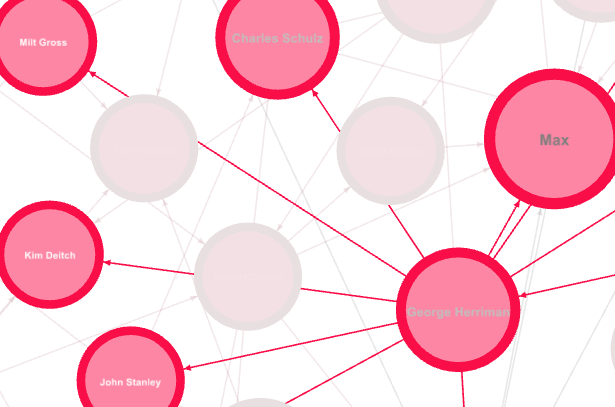
An example of the multiple visualizations based in the influence of a node.
I dreamt of a software that could reorganize the information based in different data (country, born date, out degree and in degree, critical acclaim…). I make public here all of the files. Gephi uses two files as inputs: a node file (I made a csv from a spreadsheet) and an edge file (just the same). After you can use some powerful plug ins in order to organize the size, position and colors of the nodes and edges. The infinite possibilities of algorithmic combination gives you new ideas about the genesis of a style or about the spiritual motivations of authors that initially you thought had nothing in common.
And… I ended the post without saying alternative comics…. ops!
This code of mine generates a canvas of between 2700 and 3500 pixels. It is written with Processing.
The code picks at random from a database of images 6 cropped pictures forming an abstract man and a frame with a color gradient at the background. I tried to grab directly from google the images, but my code powers are quite limited. It also changes the background based in a particular color of a picture.
When any key is pressed the code calculates new positions of new loaded pictures.
When mouse pressed saves a TIFF.
You can download here the software and make yourself a couple of thousand of collages for your boyfriend (in case you don’t like the muscles pictures you can place at the proper DATA folder pictures of flowers or anything else).
I promise to write the next project (the good one!) using a proper syntax with classes.
Enjoy them.
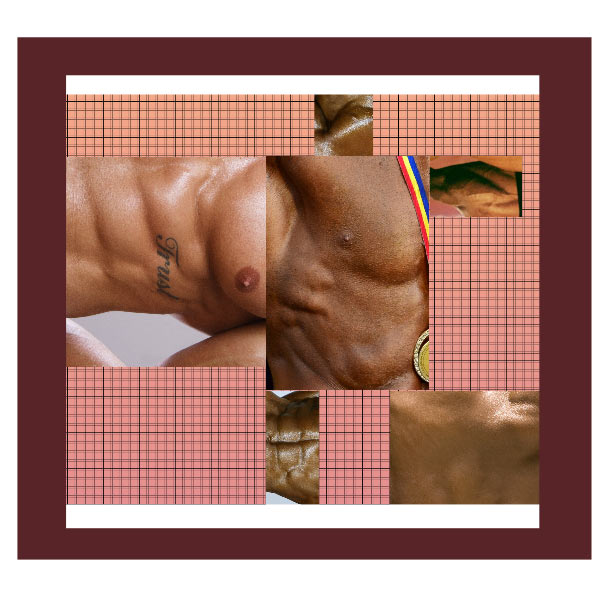
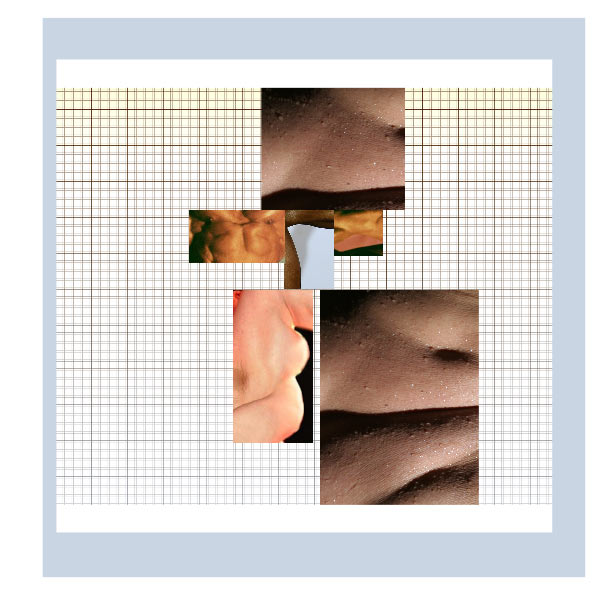

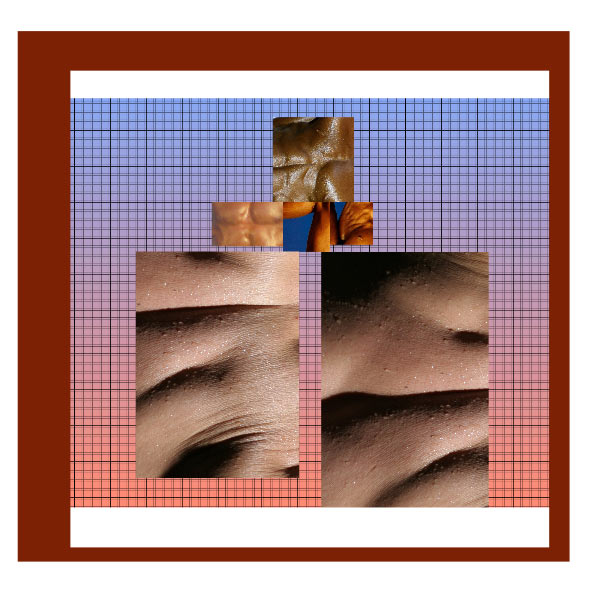
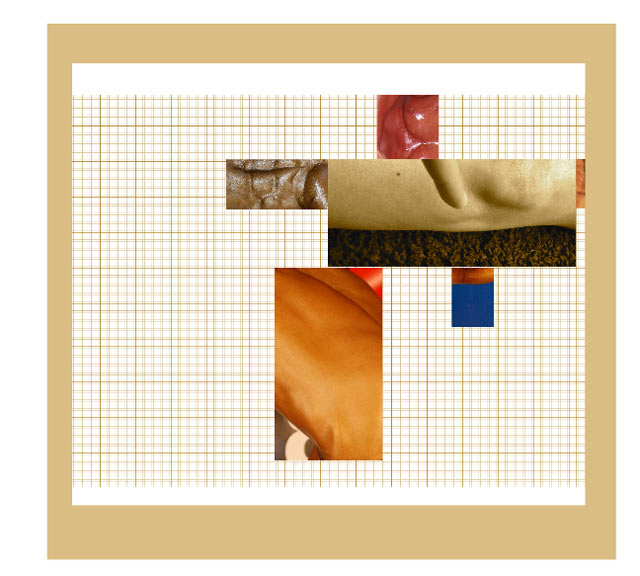
Some drawings from my summer moleskines. I won’t use again the square format because the paper is too thin.
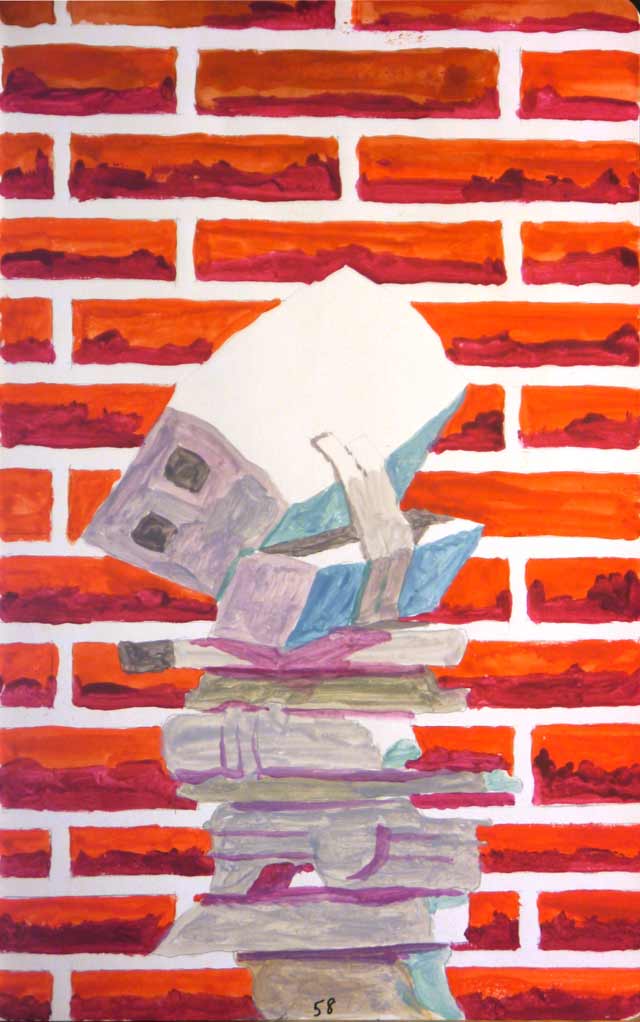
I was thinking about a collection of medium size drawings on ideas around mighty Beckett.
I guess I won’t do any stuff with this sketches any time soon so I will spread some of them here.
I began explaining humanness to an alien. Just like that. My daughter successfully helped me to do so.
Then I visualised the sentences using only a limited set of objects and materials: bricks, porex, aluminium foil, boxes… kind of poor but powerful things.
I share a couple of works done with the Processing software and published in the Openprocessing platform. They are just an approximation to the possibilities of algorithmic creation of patterns. I came to this thinking on a previous project of mine that used this kind of patterns: Accidents/Catastrophes.
This code generates a canvas with a random black and white pattern based in rectangles and columns.
Pressing some keys we can control the size of every variable (width, height, size, inclination…):
“q”-“a”, “w”-“s”, “e”-“d”, “r”-“f”, “t”-“g”, “y-“h”, “u”-“j”
When pressed “p” it saves a TIFF file of the image.
This code generates the same but when any key is pressed the code calculates new sizes of the variables.




 I should write many functions: how to blurred some parts of the image from a random alpha channel, how to skew the photographs, how to tint them (the image of this article uses a function that create a color ramp, between other processes) , how to transpose them…
I should write many functions: how to blurred some parts of the image from a random alpha channel, how to skew the photographs, how to tint them (the image of this article uses a function that create a color ramp, between other processes) , how to transpose them…


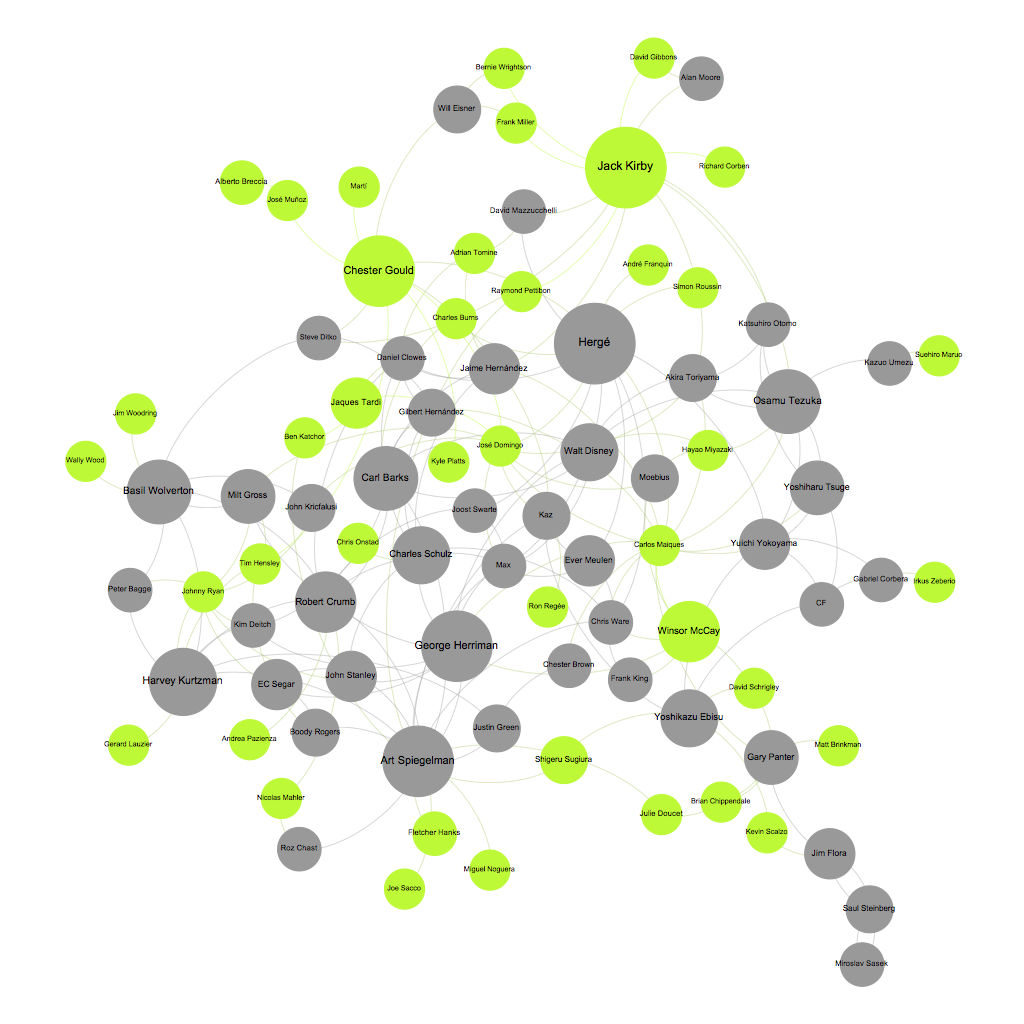







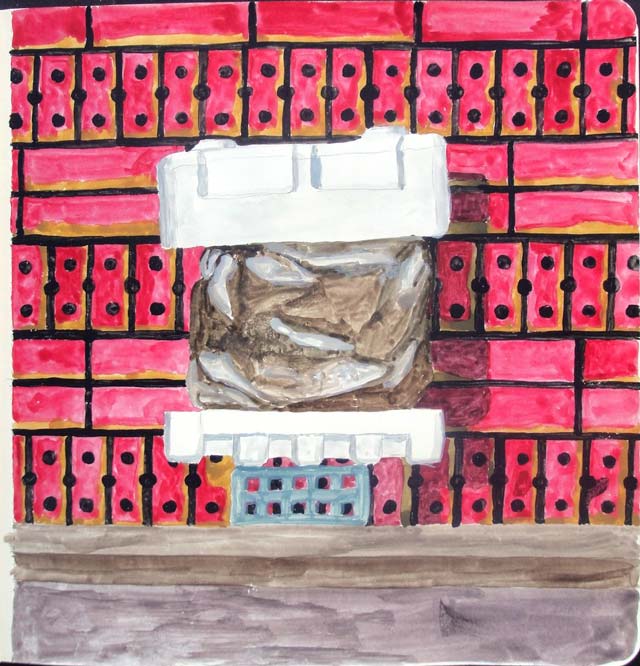
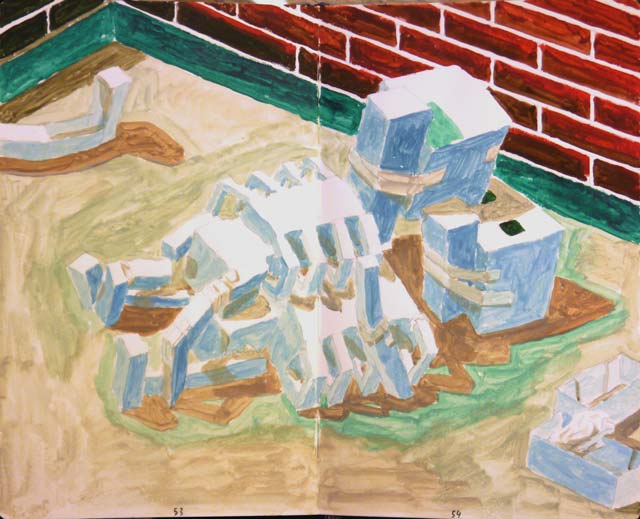
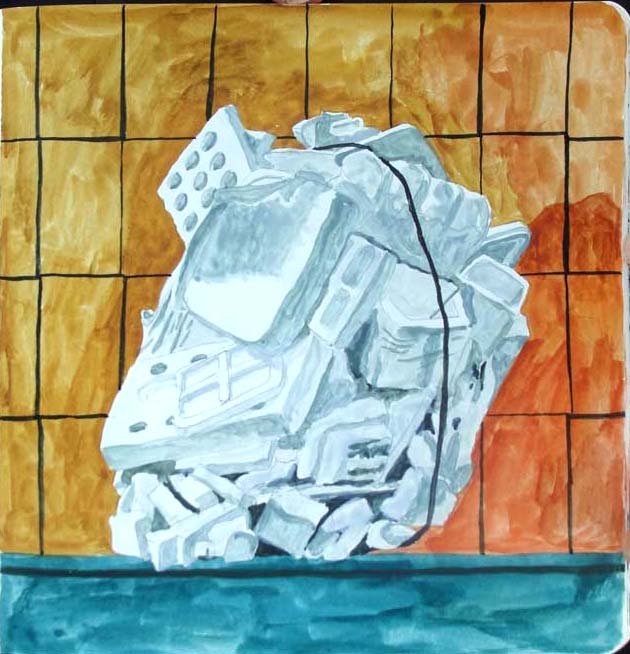


Recent Comments